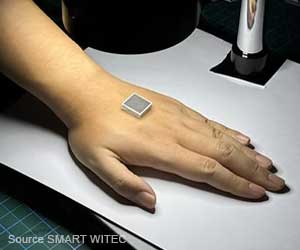Use of an easy to insert heart monitor in patients with systemic sclerosis and no known heart disease enables early detection and treatment of cardiac arrhythmias.
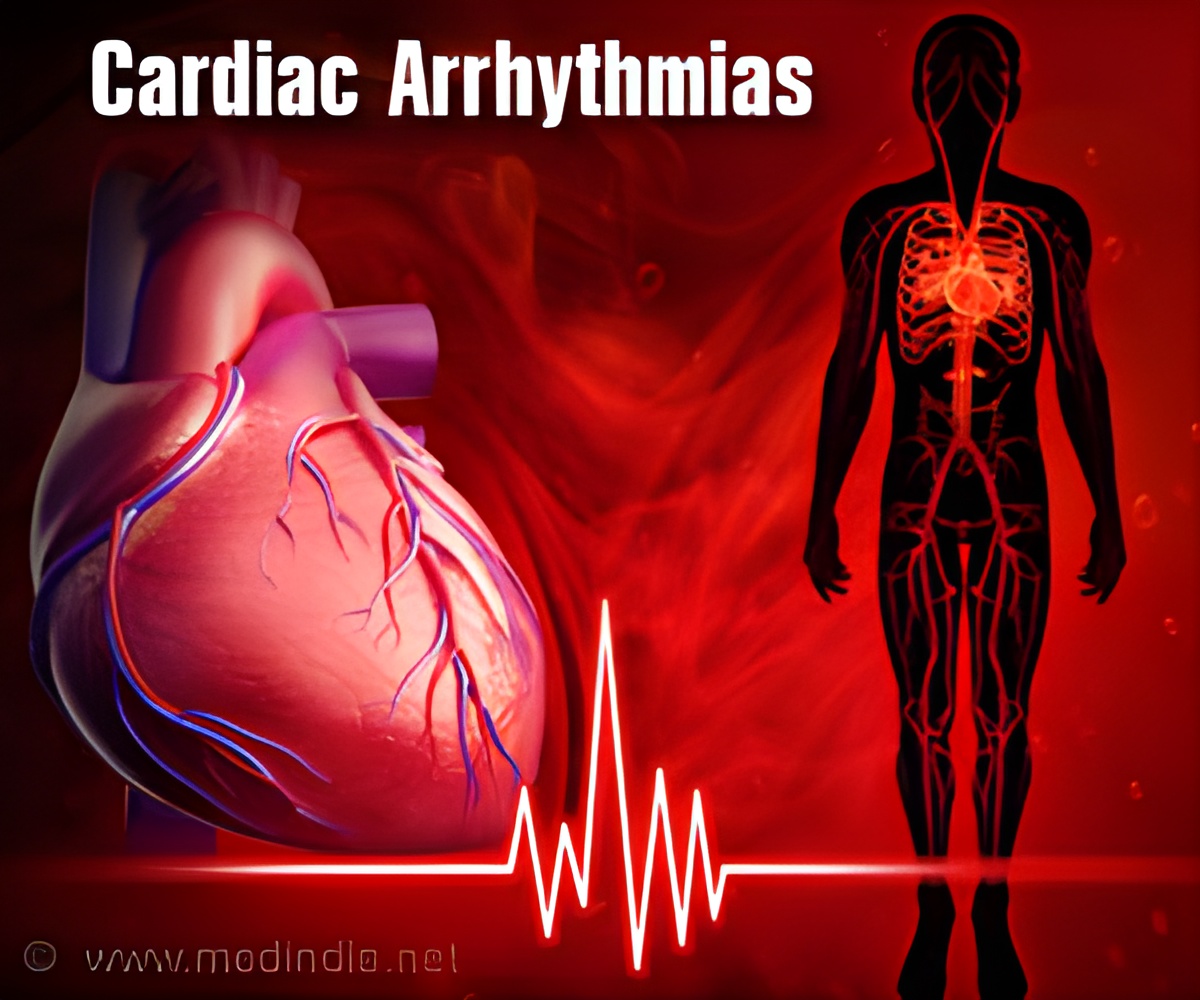
TOP INSIGHT
Use of an easy to insert heart monitor in patients with systemic sclerosis and no known heart disease enables early detection and treatment of potentially fatal cardiac arrhythmias.
This heart monitor (also known as an implantable loop recorder) is a subcutaneous, single-lead, electrocardiographic (ECG) monitoring device used to diagnose heart rhythm abnormalities. It is capable of storing ECG data automatically in response to any significant change in heart rhythm, or in response to patient activation when symptoms are experienced. Its use is well established in cardiology practice.
The device, about the size of a pack of chewing gum, is typically inserted through a small cut to lie under the skin in the upper left chest. Electrodes that monitor the heart's electrical activity are on the surface of the device, so there are no wires, and the device is enclosed in a protective case. The procedure is performed under local anesthetic and takes 15-20 minutes.
In this pilot study, the heart monitor picked up a variety of heart rhythm abnormalities in more than half of the cohort of 19 SSc patients, including supraventricular ectopics, ventricular ectopics, ventricular tachycardia and complete heart block. Cardiac Magnetic Resonance imaging data available for 15 of these SSc patients showed markers of cardiac damage that significantly correlated with these heart rhythm abnormalities.
Source-Eurekalert
 MEDINDIA
MEDINDIA
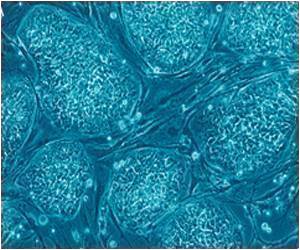
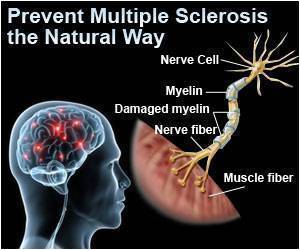

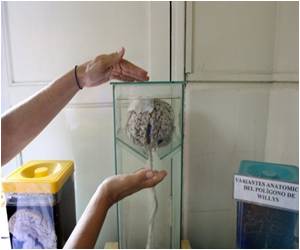
 Email
Email







